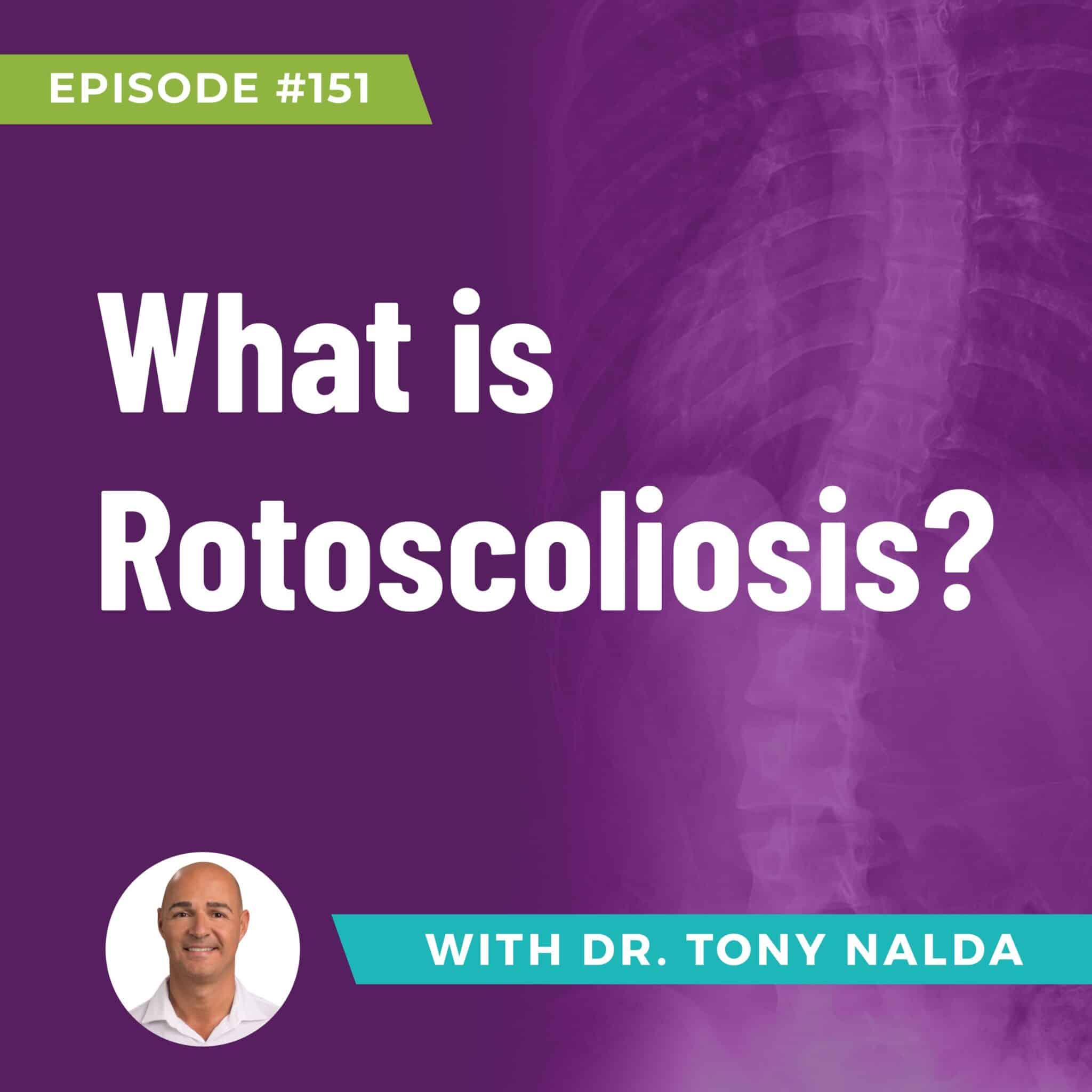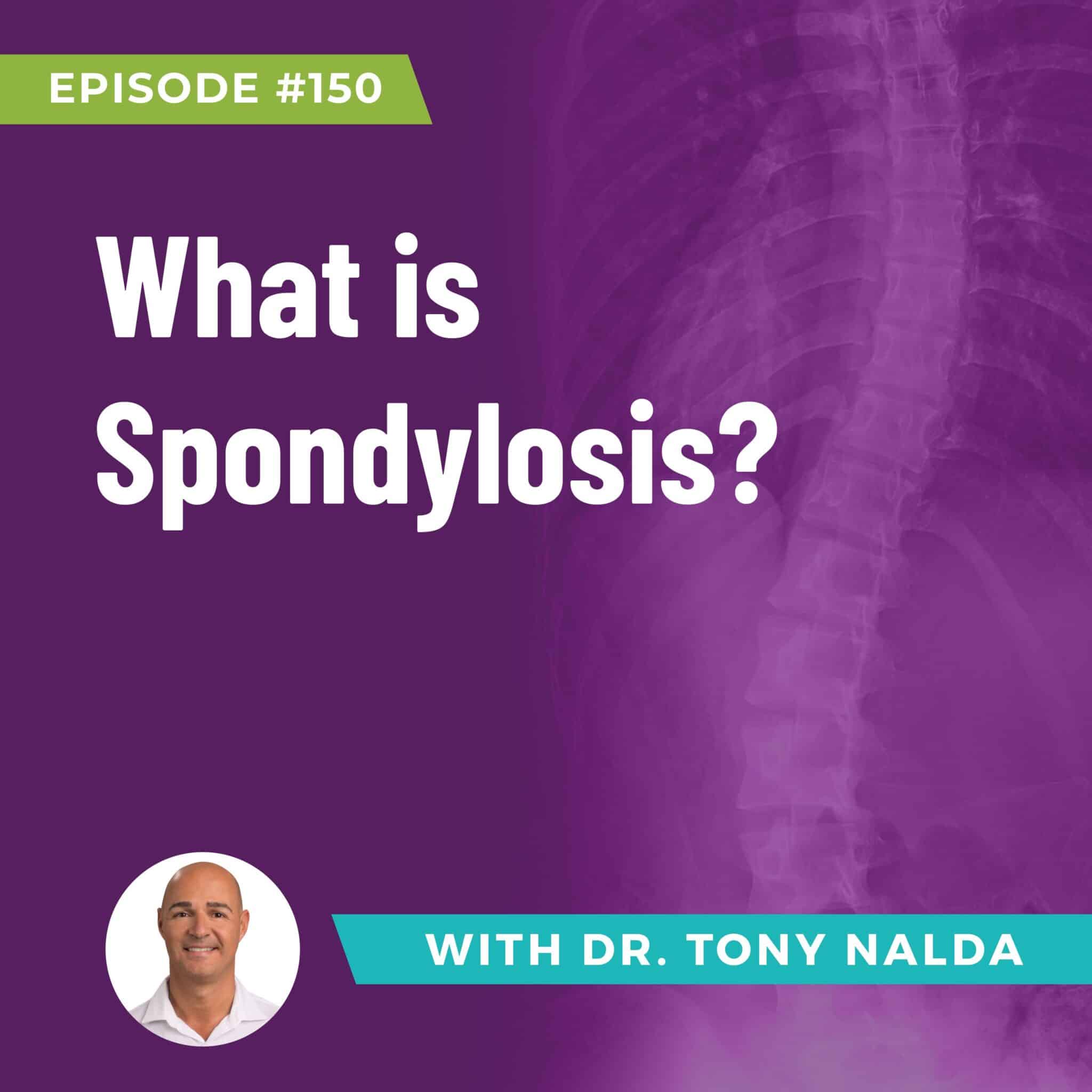Episode 154: What Are The Different Types of Scoliosis?
Description
Podcast Show Notes: Scoliosis Treatment with Dr. Tony Nalda
Episode Title: What Are the Different Types of Scoliosis?
Episode Summary:
Not all scoliosis is the same. While a diagnosis of “scoliosis” can sound straightforward, the type, cause, location, and severity of the curve make a huge difference in how it should be treated. In this episode of Scoliosis Treatment with Dr. Tony Nalda, we break down the different types of scoliosis, what causes them, and how these distinctions impact treatment decisions.
If you or a loved one has been told, "You have scoliosis," this episode is essential for understanding what that truly means—and why personalized care is key to long-term success.
Key Topics Covered:
✅ How Scoliosis Is Diagnosed:
Defined as a sideways spinal curve of 10° or more, with rotation
Measured using a Cobb angle on spinal X-rays
Severity Categories:
Mild: 10–25°
Moderate: 25–40°
Severe: 40°+
Very Severe: 80°+
✅ Types of Scoliosis Based on Cause:
Idiopathic Scoliosis (80% of cases):
No clear cause; most common form
Adolescent Idiopathic Scoliosis (AIS) is the most typical subtype
Neuromuscular Scoliosis:
Secondary to conditions like cerebral palsy, muscular dystrophy, or tethered cord
Often linked to poor muscle tone or connective tissue dysfunction
Congenital Scoliosis:
Caused by malformations during fetal development, such as hemivertebrae
Degenerative (De Novo) Scoliosis:
Develops later in life due to asymmetrical spinal degeneration, often from old injuries or unresolved misalignments
Traumatic Scoliosis:
Caused by a severe injury, such as a fall or accident
✅ Types of Scoliosis Based on Curve Location:
Cervical (Neck)
Thoracic (Mid-Back)
Lumbar (Lower Back)
Thoracolumbar (Transitional Area)
Multi-curve presentations such as double major or cervicothoracic scoliosis
✅ Why Curve Type and Cause Matter in Treatment:
Treatment plans must consider:
Causation (neuromuscular, congenital, idiopathic, etc.)
Curve location
Severity at diagnosis
Age and growth stage
These factors help determine whether a patient would benefit most from:
Chiropractic-based conservative treatment
Bracing
Specialized exercises
Therapy tailored to their unique curve pattern
Key Takeaways:
➡️ Saying "you have scoliosis" is too vague—type, cause, and location all affect treatment strategy.
➡️ Idiopathic scoliosis is the most common, but other types like neuromuscular or degenerative require very different approaches.
➡️ Every scoliosis curve has the potential to progress—that’s why addressing the structural problem early is essential.
➡️ At Scoliosis Reduction Center, treatment plans are built around each patient's specific curve and contributing factors.
Resources & Links:
📘 Free Guide: How to Effectively Tre
























